
On May 8th, 2025, we brought together some of the most insightful voices in digital PR and journalism for The Digital PR Summit 2025… a day built to spark ideas, challenge the status quo, and give attendees real tools to level up their work.
Across 19 sessions, we covered everything from what journalists really want from PRs, to adapting PR for international markets, to redefining success beyond just link counts.
Whether you joined us in person or are catching up now, we’ve rounded up the most important lessons, quotes, and tactical takeaways from each talk.
If you couldn’t make it on the day, consider checking out the video bundle from the day to catch up on every session. The bundle is priced at just £39.99 including VAT and you’ll get a recording of every session to watch.
If you did attend, keep an eye on your inbox for the videos.
The Key Themes From the Day
With 19 sessions across every single side of digital PR, the 2025 Digital PR Summit delivered practical, unfiltered advice from both industry pros and journalists themselves.
Here are the common threads that stood out across the day:
- Relevance beats volume: Whether pitching journalists or building links, one relevant story delivered well will outperform dozens of generic ones.
- Relationships still matter, but they’ve changed: Coffee meetups may be rare, but trust, responsiveness, and consistent value still build strong journalist relationships.
- Digital PR needs a refocus: Several talks called for moving away from link-count KPIs and toward metrics that show genuine business impact; branded search, authority, and commercial outcomes.
- Data is underused and overcomplicated: Internal data, credible sources, and clear insights can unlock standout stories, but only if we stop overengineering and start storytelling.
- Tailor for the market: Whether you’re targeting Spain, the U.S., or Australia, understanding regional media habits and expectations is crucial.
- AI is reshaping search and PR: Mentions, entities, and citations matter more than ever in an AI-driven SERP. Digital PR can directly influence how brands appear in tools like ChatGPT, Google’s AI Overviews, and Perplexity.
- The pitch is make or break: Timing, clarity, exclusivity, and proper sourcing were repeatedly cited by journalists as the difference between getting deleted and getting featured.
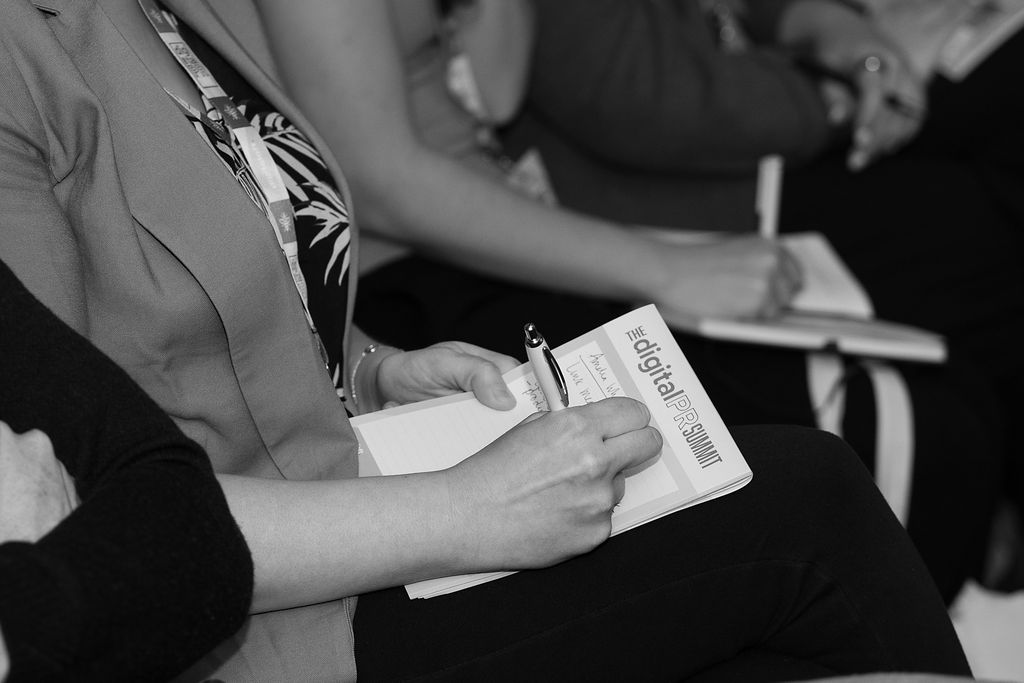
The Takeaways From Every Session
Here’s what each speaker had to say, and what you should take away from their session.
Dayna McAlpine, Deputy Editor at HuffPost UK
Listen Up PRs – This Is What Journalists Actually Want in Their Inbox
Dayna shared a clear message for PRs: respect journalists’ time, be relevant, and always deliver what you promise. She offered a practical look at what makes a pitch stand out, and what sends it straight to the bin.
Key Takeaways:
- Journalists are incredibly busy. If a major news story breaks, your pitch might get lost or pushed down the list. Be patient and think carefully about your timing.
- A journalist’s inbox is packed. Before you pitch or follow up, ask yourself if both the story and the brand are truly a good fit for their publication.
- Most journalists no longer have time for coffee meetings. That doesn’t mean you can’t build relationships. Show up consistently, be reliable, and deliver quality.
- Never offer an exclusive unless it really is exclusive. It can cause serious internal problems at a publication, including legal issues, and damages trust.
- Subject lines need to be clear and specific. Include your client’s name and what they are offering. Vague headlines like “Met Gala Hair” won’t cut through.
- Always include everything the journalist might need upfront. They often don’t have time to request images or extra information.
Katy Powell, Founder at Bottled Imagination
How to Get Your Boss to Sign Off on PR Ideas
Katy shared practical tips for getting internal and client buy-in on PR campaigns. The focus was on clarity, confidence, and collaboration; with a reminder that how you present an idea can be just as important as the idea itself.
Key Takeaways:
- Collaborate with clients. The best ideas often get even better when you build on them together.
- If you can’t explain your idea in two sentences, it’s probably too complicated.
- When sharing ideas with clients, assume no prior knowledge in a respectful way. This applies whether you’re referencing a TikTok trend or a niche industry issue.
- Always pitch your ideas on a call, not over email. It gives you the chance to sell the story and bring your energy and excitement.
- Have an opinion. Clients often ask which idea is your favourite and why, so be ready to back yourself.
- Think ahead. Prepare answers to the questions your clients are likely to ask before the call.
Mark Rofe, Digital PR Specialist at Digital PR Course
How to Build Links Like a Billionaire
Mark shared a sharp, strategic view on link building that prioritises impact over activity. His message was clear: be selective, move fast when it counts, and never mistake noise for results.
Key Takeaways:
- Use the Reactive PR Matrix to guide your efforts. Focus on stories with high journalist interest that aren’t planned in advance.
- Fewer, well-timed campaigns that align with your brand will outperform high-volume outreach every time.
- Speed matters in reactive PR. If client delays are slowing you down, consider using an external expert to draft the comment and send it to the client for quick approval.
- Don’t force a news hook if it doesn’t fit. Save the idea and revisit it later when the timing is right.
- Being busy is not the same as being effective. More outreach does not always mean more success.
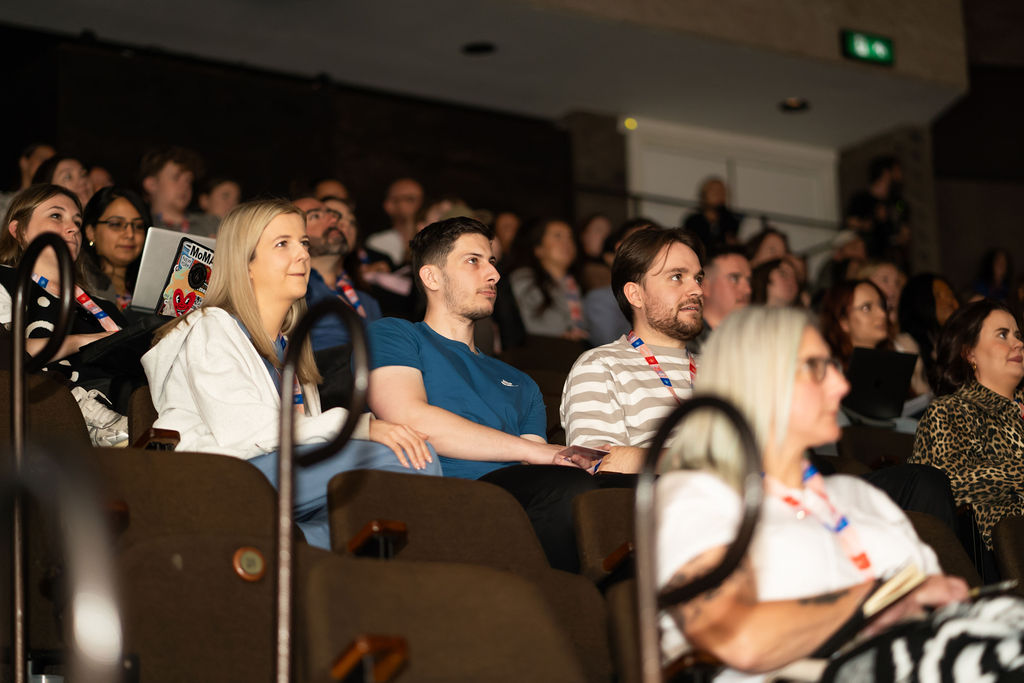
Olivia Smith, Client and Growth Director at One AS
Digital PR Painkillers: Optimising Your Agency-Client Partnership
Olivia offered a practical reminder that strong client relationships start with the basics. From clear communication to cross-team alignment, her talk focused on small actions that make a big difference.
Key Takeaways:
- Don’t overlook the basics. Learn how to refine and perfect them; they set the foundation for success.
- Positivity matters. A positive attitude can go a long way in building strong, trusting relationships.
- Invest time in detailed onboarding calls. They help you understand your client’s goals so you can report on what actually matters to them.
- Make sure all teams – content, SEO, PR and design – are part of the kick-off call. This ensures alignment from day one.
Bri Godwin Huyke, Senior Digital PR Manager at Journey Further
Across the Pond and Into the Press: Mastering U.S. PR
Bri shared what it really takes to land coverage in the U.S. press, highlighting the major differences between American and UK media. From the importance of local news to the need for rock-solid data, this session was packed with advice for PRs looking to break into the U.S. market.
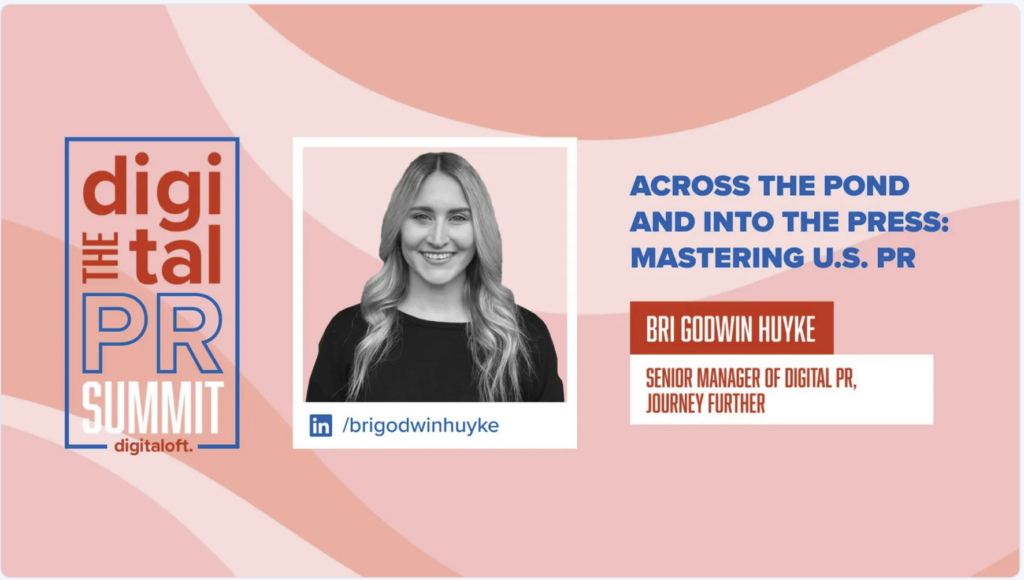
Key Takeaways:
- Most Americans get their news from local outlets. Regional publications often carry more influence than national ones.
- The U.S. media landscape is large and complex. Create campaigns that work at a local level, not just nationwide.
- U.S. journalists write fewer articles per week and typically work with longer lead times than UK counterparts.
- Studies and statistics are highly valued. Make sure your data is credible, well-sourced, and thoroughly reviewed.
- Focus on credibility, not clickbait. Fluffy or exaggerated stories won’t land and can damage trust.
- U.S. journalists avoid ‘jazzy’ headlines. If a headline feels exaggerated or fake, it can cause reputational risk for the journalist.
- News consumption habits are shifting. Keep an eye on platforms like Reddit, Substack, and TikTok for opportunities and insights.
Thierry Ngutegure, Head of Data Insight at SALT.agency
Data Isn’t Boring – You Are
Thierry challenged the idea that data is dry, showing how smart insight can fuel compelling PR campaigns. His session was a call to go deeper, think sharper, and use data as the foundation for creativity.
Key Takeaways:
- Use insights to build more than just stories; they can shape ideas, campaigns, and even products.
- Be precise with definitions. Terms like “average” can refer to the mean, median, mode or range, and each can paint a very different picture.
- Keep it focused. Indexes should highlight no more than 3 to 5 key concepts. Anything more becomes overwhelming and less impactful.
- Use tools like “Also Asked” to explore what else people are searching for around trending topics.
- Don’t overlook internal data. Work with clients to uncover story-worthy insights hiding in their own stats.
- Squeeze more from your survey data. Go beyond question-by-question analysis by exploring individual respondent patterns as this can unlock new angles and richer stories.
- Always ask for the raw data. You’ll spot connections and trends that summary results might hide.
Zoe Burke, Editor at Hitched
I Delete 30+ Pitches a Day – Here’s Why
Zoe gave an unfiltered look into her inbox and explained exactly why so many PR pitches go straight in the bin. The message was clear: know the publication, offer real value, and stop sending irrelevant filler.
Key Takeaways:
- Avoid generalised insights that the publication already knows. For example, don’t pitch wedding cost stats to Hitched; they produce their own detailed research.
- Expert quotes must be relevant to the publication and its audience. If it doesn’t fit, it won’t land.
- Journalists are not short on content, they don’t need filler content. They want content that is a good fit.
- A link is not a favour. Journalists expect value in return.
- Don’t send ghost pitches. Know exactly who you’re pitching to, including their name, brand and niche.
- Impress with exclusive content, SEO awareness, and a collaborative tone. Show you understand how your content can help them.
- Citations are really important. If you’re sharing survey data, always include details like sample size and data source.
- Small details can make a big difference. Add search data or deeper insight to help your pitch stand out.
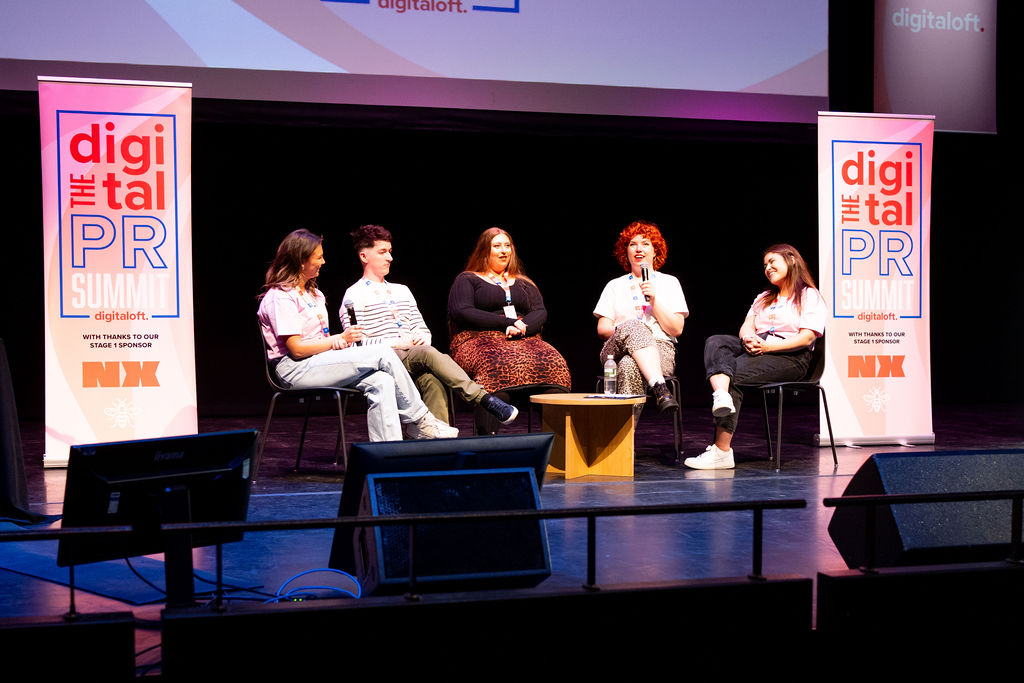
Panel Discussion
Chloe Meadows (Host), Charlotte McManus, Christopher Megrath, Danielle Wroe, Dayna McAlpine
This panel brought together voices from across the media to share honest, practical advice on how PRs can build better relationships and get their stories noticed. From subject lines to expert credibility, the key message was simple: be clear, be respectful, and back everything up.
Missed the panel discussion? You can watch the recording here:
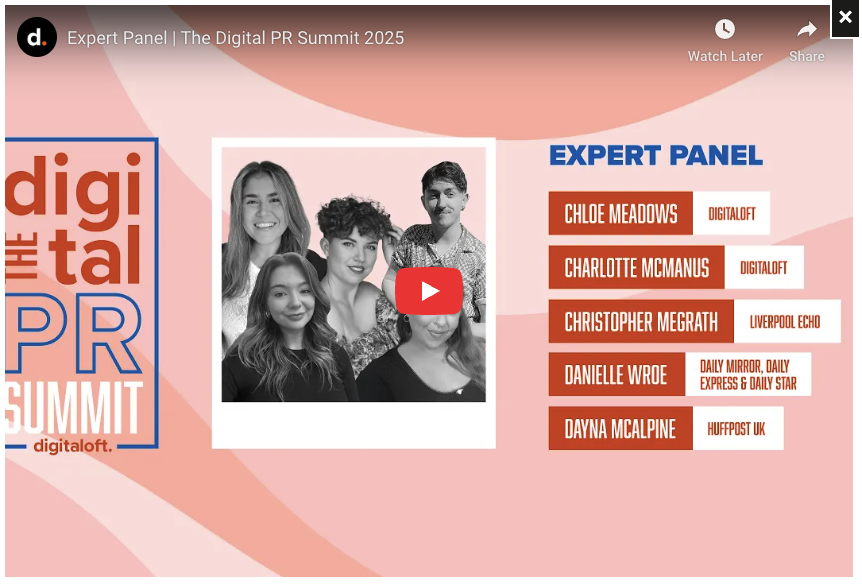
Key Takeaways:
- Exclusives still matter. Including phrases like “Exclusive” or “Timely news story” in your subject line can increase your chances of being opened.
- Only follow up once. Persistent chasing doesn’t help your chances, it can hurt them.
- Be specific about your experts. Don’t just say “experts” in the headline, say what they’re experts in.
- Never message journalists on their personal social media. Respect their boundaries and remember they have lives outside of work.
- Author pages are important. With the rise in fake experts, journalists want to verify who your expert is before including them in a piece.
- Search your expert before pitching. If they don’t have an author page, a journalist will likely Google them, so make sure their online presence supports your pitch.
- Always provide evidence. Back up claims with data and cite your sources clearly. Assumptions don’t land, proof does.
Nikki Snell, Founder of Press Loft
Scale Up Your Press Coverage With These Product Photography Hacks
Nikki shared simple but powerful tips to improve your product photography and boost your chances of landing press coverage. Her advice focused on clarity, trust, and giving journalists exactly what they need; fast.
Key Takeaways:
- Journalists want clear, clean product shots where the product is the main focus. Use the “squint test” — if you can still identify the product when squinting, it’s working.
- For gift guides, avoid showing products being worn or used. A neat flat lay works much better and is more likely to be featured.
- AI-rendered images are a no-go. Most journalists don’t trust them, and they’re unlikely to be used.
Kirsty Hulse, Chief Executive Officer at Neuroworx
Afraid to Hit Send? Why Overthinking Is Killing Your Career (and How to Stop)
Kirsty delivered an empowering session on mindset, confidence, and overcoming self-doubt. Her advice focused on how shifting your thinking can help you stop second-guessing yourself and start moving forward with purpose.
Key Takeaways:
- Embrace a growth mindset. Don’t let failure hold you back; treat it as a chance to learn and improve.
- Keep a running list of things you’ve improved on. It’s proof of your ability to grow and evolve.
- Focus on progress, not perfection. Perfectionism can stall your development; small steps forward matter more.
James Brockbank, Managing Director at Digitaloft
Digital PR’s Dirty Little Secret: Most of the Links You’re Earning Have No Impact on Metrics That Actually Matter
James challenged the industry to move beyond surface-level success metrics and rethink what digital PR is really achieving. His talk was a call to action to focus less on link volume and more on real business impact.
Key Takeaways:
- Links are just one part of the story. True digital PR success goes far beyond link counts.
- Digital PR doesn’t need a rebrand, it needs a refocus on what actually drives growth.
- The real value lies in topical relevance, being seen in the right places, and increasing branded search.
- Brand mentions and no-follow links still carry value. Don’t dismiss them.
- The industry has become too focused on vanity metrics. It’s time to shift the narrative and prove the business impact of our work.
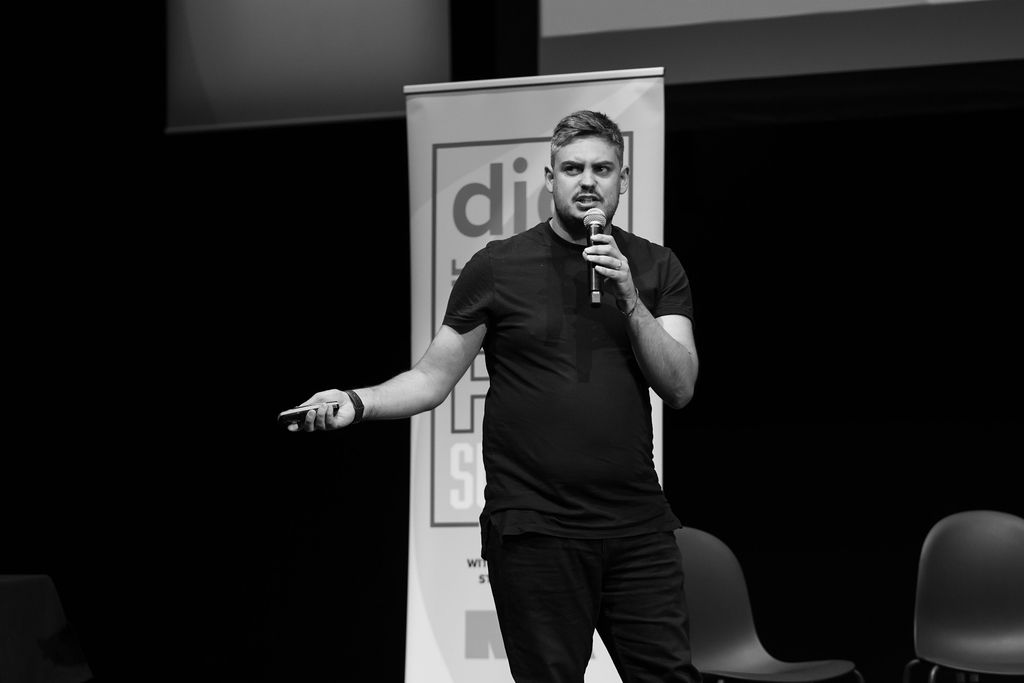
Lau Miguez, Senior Digital PR Strategist at Lau Miguez Ltd
So You’ve Promised a Client You Can Do Spain… Now What?
Lau offered a realistic and insightful look at what it takes to run successful digital PR in the Spanish media landscape. Her advice focused on understanding local nuances, expanding your expectations beyond links, and avoiding UK-centric assumptions.
Key Takeaways:
- Journalists in Spain often cover a wide range of topics rather than sticking to one beat. It’s common for the same writer to cover health, education, motoring, and more.
- Don’t rely too heavily on Domain Rating. Many of Spain’s most-read publications have lower DRs than their UK counterparts, but still deliver huge reach and authority.
- Regional press is powerful. Local stories land well, and regional titles often have more readers than national ones.
- Think beyond links. Spain offers strong multi-channel potential — your outreach could lead to TV, radio, or print coverage, not just online articles.
Jonas Grünfeld, Senior Digital PR Director at Prosperity Media
Level Up Down Under: Adapting Your Digital PR for Australia
Jonas shared valuable insights on how to make digital PR work in Australia, a market that’s vast in geography but lean on media. His advice centred around tailoring your approach, respecting cultural differences, and focusing on strategic execution over perfect timing.
Key Takeaways:
- Proximity matters. Local relevance is crucial for newsworthiness in Australia.
- Tailor campaigns specifically for the Australian audience. A UK-first approach won’t translate.
- Focus on creating linkable content to improve your chances of landing coverage and results.
- Reactive PR is more challenging but still possible with the right preparation and speed.
- Australia is huge, but its media landscape is small; around ten times smaller than the UK in terms of journalist numbers.
- Journalists tend to be more responsive, polite, and professional. They’re open to calls and messages, and often give a clear yes or no.
- Exclusivity is essential, even when offering expert quotes or comments.
- Don’t forget regional angles. Local relevance boosts the chances of coverage across Australia’s diverse regions.
- A strong case study can be the difference between landing coverage and missing out.
- Timing isn’t everything. A strong strategy will carry more weight than perfect timing.
- Australians love Christmas and radio. Avoid outreach too close to the holidays and include regional radio in your media lists.
- Reuse successful campaign frameworks, but adapt the execution to fit the market.
Millie White, Senior Digital PR Manager at Digitaloft
Why Link KPIs Aren’t an Accurate Measure of Success Anymore, and What Is
Millie made the case for moving beyond outdated link-based KPIs and focusing on what really matters to brands. Her talk encouraged digital PRs to shift conversations from volume to value, and to build reporting frameworks that show real business impact.
Key Takeaways:
- Link KPIs alone don’t show clear ROI. They often fail to reflect the true value digital PR brings to a business.
- Work with clients to identify and track secondary KPIs that reflect impact. These will vary depending on the brand, goals, and wider strategy.
- Digital PR can deliver genuine business outcomes. It’s our job to communicate this clearly by reporting on more than just link count and average Domain Rating.
Matt Cayless, Founder & Director at Bubblegum Search
How Digital Authority PR is Redefining Brand Influence
Matt explored how brand visibility across multiple channels is reshaping how people search, click, and convert. His session focused on the growing power of brand equity, and why digital PR needs to be at the heart of building it.
Key Takeaways:
- Brand equity now plays a bigger role than position alone. When people see multiple brands in the top search results, they’ll click on the one they recognise, even if it’s not in position one.
- Build authority across your niche, not just in search. Use social media, press coverage, forums, and even AI platforms to become a known name.
- Track “[brand] + keyword” searches as a key marker of success. It shows that people are not just discovering you — they’re actively seeking you out.
Charlie Clark, Founder at Minty Digital
Thinking Beyond the Link: How Digital PR Influences AI Search
Charlie explored how digital PR is playing a growing role in shaping visibility within AI search tools and large language models. His talk highlighted how PR-led brand building strengthens entity recognition and drives tangible results in emerging search platforms.
Key Takeaways:
- Digital PR is a powerful brand-building tool, and stronger brands are more likely to rank in AI search results.
- ChatGPT’s documentation highlights the importance of named entity recognition. Digital PR helps reinforce your brand as an entity, along with the context that AI models associate with it.
- PRs should start tracking and reporting on AI search and LLM visibility.
- Use tools like Semrush to monitor AI Overview appearances, and GA4 to measure referral traffic and conversions from sources like ChatGPT or Perplexity.
- Charlie shared a travel brand case study where digital PR campaigns were cited in AI overviews and Perplexity results, and also drove measurable referral traffic and conversions via ChatGPT.
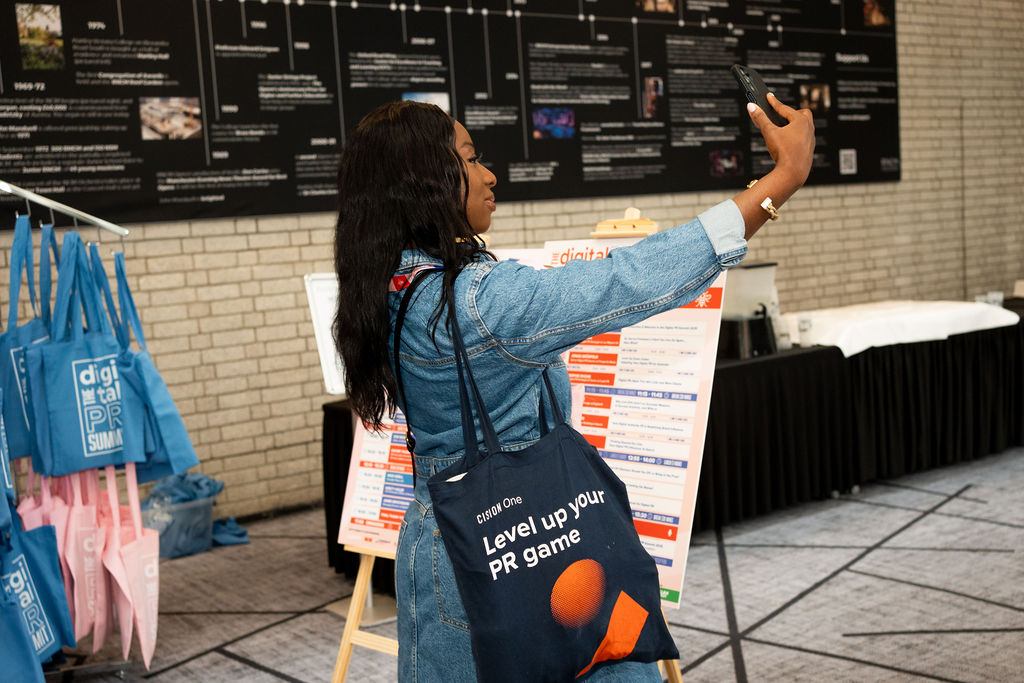
Danielle Neah Amponsah, Digital PR Consultant and Co-founder at Handnote
Digital PR Dilemma: Should You DIY or Bring in the Pros?
Danielle tackled one of the most common questions brands face when approaching digital PR; should they build an in-house team, hire an agency, or work with freelancers? Her session broke down the pros, cons, and costs of each route, showing that the best solution depends on the business.
Key Takeaways:
- There’s no one-size-fits-all answer. The right choice depends on your goals, resources, and stage of growth.
- Agencies bring deep expertise, strong media relationships, and the ability to scale quickly, making them a great fit for brands looking for long-term growth and strategy.
- For early-stage brands or start-ups, hiring a freelancer can be a cost-effective way to kick-start PR activity and gain momentum without the larger financial commitment.
- Danielle encouraged brands to weigh both financial and strategic factors when choosing the best model for their needs.
Emma and Ruta, Co-Hosts of Blame It on Marketing
Why Are We Always Getting the Blame?
Emma and Ruta brought humour and hard truths to their session on working with senior leadership. Their talk focused on navigating C-suite dynamics, adapting to internal politics, and making sure marketing gets the credit it deserves; not the blame.
Key Takeaways:
- When the CMO, CEO or COO asks you to do something, adapt. Even if it means changing your usual process; for example, reporting with HubSpot data instead of Looker Studio… flexibility builds trust.
- Build strong relationships with the C-suite. Arrange coffees or lunches with someone at their level to show you value their involvement.
- It’s okay to boost the egos of senior leaders… helping them shine in board meetings can strengthen your position, but never at the cost of meaningful results.
Becca Peel, Digital PR Account Director at Tank
A Content Goldmine: Using Internal Data Sources for Digital PR
Becca encouraged PRs to stop overlooking one of their most valuable assets; internal data. Her talk made the case for turning exclusive insights into standout stories that set brands apart from the competition.
Key Takeaways:
- There’s untapped PR potential in internal data. It’s time to dig into what your business already knows.
- Open source data is available to everyone; what gives you an edge is using unique data from your own customers, projects, or sales.
- Exclusive data helps you craft original angles that journalists can’t find anywhere else.
- Consider building “state of” reports using internal data. Update them quarterly or annually to create consistent PR opportunities over time.
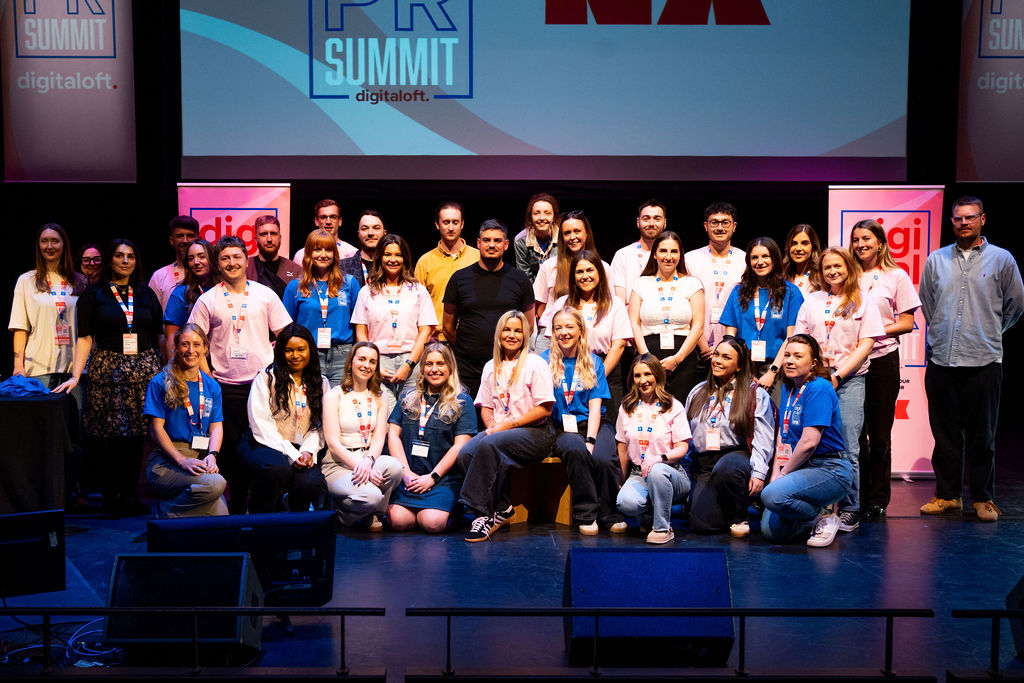
The 2025 Digital PR Summit was packed with practical advice, honest reflections, and a clear call for evolution in the industry.
From ditching vanity metrics to running campaigns for AI visibility, one thing was certain, the PRs and brands that win are the ones who adapt, focus on value, and never stop learning.
Whether you’re agency-side, freelance, or in-house, we hope this roundup gives you the insight and inspiration to level up your approach, sharpen your strategy, and drive meaningful impact through digital PR.
See you next year.



